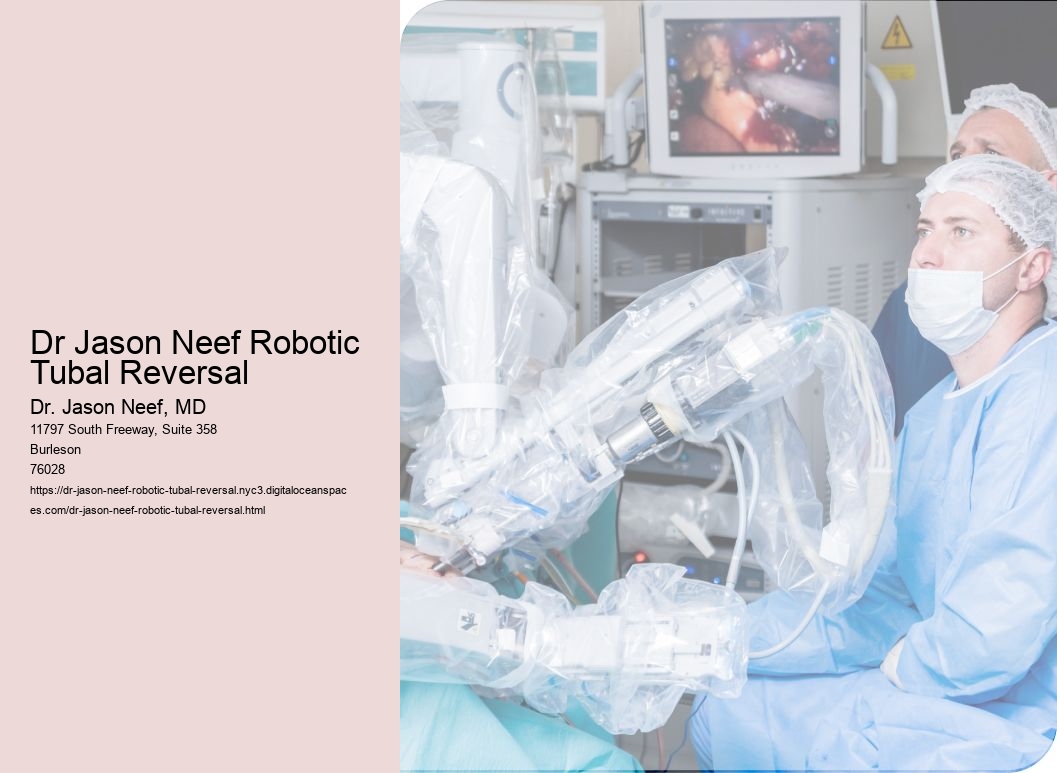Robotic tubal reversal is a process proposed by Dr. Jason Neef that can help those who have had their fallopian tubes tied to potentially become pregnant again. It's an exciting and innovative procedure, but there are some risks involved (as with all medical treatments).
In this procedure, a robot is used to re-connect the blocked fallopian tubes, allowing for eggs to travel from the ovaries into the uterus once again. The robot helps to make sure that the reconnection is precise and successful, as well as minimising any potential harm caused during surgery. But it does come with its own risks - such as infection or damage to nearby organs - so it's important to weigh up the pros and cons before making a decision. (It should also be noted that robotic tubal reversal is not always successful in restoring fertility.)
Despite these risks, robotic tubal reversal has been found to be more effective than traditional surgeries when it comes to restoring fertility! In fact, studies have found success rates of up to 75% for women who undergo robotic tubal ligation reversal. This makes it an attractive option for many couples looking for another chance at starting a family.
However, even if you do decide that robotic tubal reversal is right for you, there are still some things you need consider before taking the plunge! For example: what kind of follow-up care will you need? Are there any other procedures you might want explore first? What sort of costs are involved? These are just some of the questions you should ask yourself before moving forward with this groundbreaking treatment option recommended by Dr Jason Neef.
Overall, while robotic tubal reversal can be an exciting prospect for couples hoping to conceive after having their tubes tied, it's important to take all factors into account beforehand! After all, this isn't something that should be rushed into without careful consideration - your future health and happiness depends on it!
